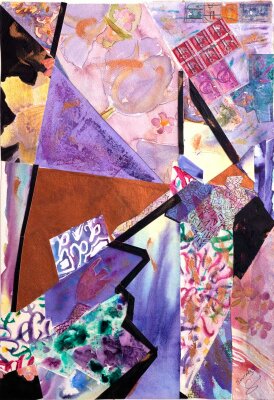On an absolutely beautiful summer day followed by an equally spectacular evening, instead of being out enjoying the wonderful weather, I found myself inside a local bookstore. Carlos Ruiz Zafon was being interviewed by local author, Garth Stein. While I certainly enjoyed and would recommend Stein’s book, The Art of Racing in the Rain, it was for Zafon that I was in attendance. The big man, with the small spectacles, dressed casually in a green and blue striped rugby shirt and jeans, was there to discuss The Prisoner of Heaven, his newest novel.
How to describe the work of Carlos Ruiz Zafon? Dark, gothic and mysterious are all fairly accurate words; dank, gloomy, bleak, sinister and shadowy would work too. Recurring characters (themes?) include the older sections of Barcelona and labyrinths. Then there's the biggest labyrinth of them all, the Cemetery of Forgotten Books.
For me, it all started with Shadow of the Wind. At a very basic level, it is a boy’s coming of age story set in 1950’s Barcelona. Daniel’s father, a local bookseller, brings him to the mythical crypt of books and allows Daniel to choose one book. Thus begins the dark adventure of the rare book that was chosen and the illusive tragedy of its author. Good gothic stuff with love, mystery and perhaps even a touch of the supernatural. What can I say? I liked it.
It was with anticipation that I picked up the second book, The Angel’s Game. Maybe it was the fact that I was listening to it in my car in the already oppressively dark month of December in the NW, but I found it to be so much darker than the first and perhaps, for that time of year, a bit too overwhelming. It too is set in Barcelona with overlapping characters and themes from the first book, but this one takes place earlier, beginning in the 1920s. The story is about David Martin, a troubled writer, who is approached by a shadowy figure to write a book which promises to bring him fame and fortune. The question is, is he selling his soul to the devil? It certainly felt like a spiral to hell.
This is not the Barcelona of the cruise ship stops. It is an older more menacing version, with crevices of darkness and decay. Unlike the spare clean edges of the dark world found in the Scandinavian crime novels, the world in these books is much more pungent and perhaps more ominous. Cemeteries, death, murder and deceit; it felt like the insanity could be contagious, just by listening.
Why would I pick up the third?
The answer is, though bleak, the books are beautifully written. Between the artistic writing and the layers of intrigue, it is also because I have a masochistic need to understand how it all fits together. For fit it will, even if it takes all four books. Unlike a traditional series, these will fit into their own elaborate labyrinth; connected like a crafty puzzle that doesn't seem to work until it all clicks into position and then you wonder why you didn’t see it in the first place.
It is the intrigue of that puzzle that drives me on and makes me willing to walk again through that darkness to find the solution.
The Prisoner of Heaven brings us back to the 1950s and Daniel and his family's bookstore. A mysterious figure enters the shop and then writes an intriguing inscription in an illustrated copy of The Count of Monte Cristo, 'To Fermin Romero de Torres, who came back from the dead and who holds the key to the future'. The inscription from the author on my copy is not quite as cryptic as that but it was still worth the wait in line.
And so, I begin my next adventure into the enigmatic world of Carlos Ruiz Zafon. After all, if I do get scared in the dark, at least now I can get a reprieve by stepping into the warm sunshine and blue skies of the NW summer…
Ella
